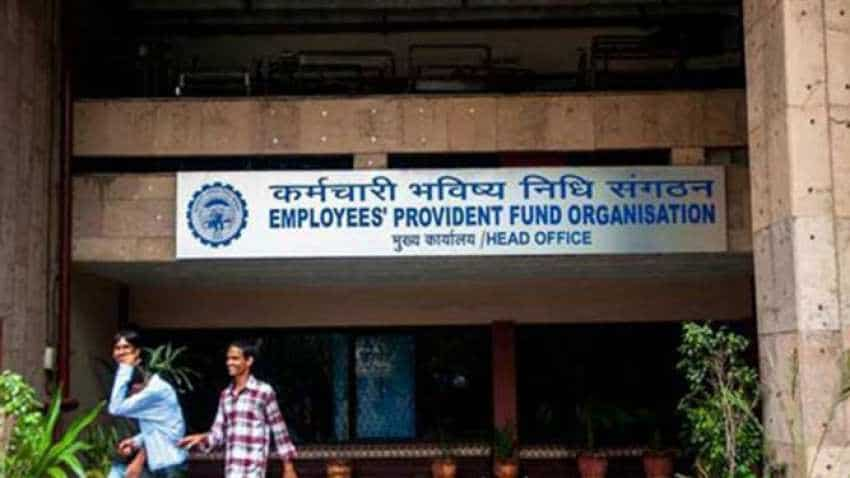Withdrawing EPF is taxable or non-taxable? Know all details here
EPF is made mandatory for private employees where they are meant to invest 12% of their salary under this scheme, with the current rate of interest on the EPF account at 8.65%. But the biggest question one also has weather withdrawing EPF is taxable or non-taxable?

The Employee Provident Fund is like the social security scheme for individuals working in private companies. In other words, it is the method through which employees save up funds for retirement or when they leave the organisation.
Moreover, EPF is a backup plan which can be used at an hour of need. Under the retirement fund body Employees' Provident Fund Organisation, the EPF is made mandatory for private employees where they are meant to invest 12% of their salary under this scheme, with the current rate of interest on the EPF account at 8.65%. But the biggest question one also has weather withdrawing EPF is taxable or non-taxable?
When it comes to claiming the EPF amount, One should also know that withdrawing EPF amount will attract any tax liability or not and if yes then in which case.
1. If the employee has rendered continuous service for a period of five years or more then the EPF withdrawal does not attract any tax liability.
2. Even if the employee has not rendered continuous service for five years.
EPF withdrawal is not taxable in certain cases where the services have been terminated due to employees' ill health, contraction or discontinuance of the employer's business or any other cause beyond the control of the employee.
3. After 36 months of the last active contribution in an EPF account, it gets categorised as dormant or inoperative account. That PF account continues to earn interest till the account holder reaches the retirement age. But it is to be noted that the interest earned after leaving the employment will be considered as taxable.
4. Income tax exemption is also allowed for one-time portability from a recognized provident fund to NPS. This had come into effect from the assessment year 2017-18.
One should also know that the withdrawal before five years of continuous service, tax deducted at source at 10% is levied.
If the amount is more than Rs 50,000, and period of service is less than five years, then it is suggested to submit form 15G/15H to avoid TDS for subscribers having no taxable income.
The withdrawal process can be on the account of marriage, education, purchase of property, home loan repayment, renovation or pre-retirement.
Get Latest Business News, Stock Market Updates and Videos; Check your tax outgo through Income Tax Calculator and save money through our Personal Finance coverage. Check Business Breaking News Live on Zee Business Twitter and Facebook. Subscribe on YouTube.
01:15 PM IST












 Retirement fund body EPFO's net new member additions up 9% at 18.5 lakh in August
Retirement fund body EPFO's net new member additions up 9% at 18.5 lakh in August  What is Employee Pension Scheme (EPS)? How much monthly pension will you get on Rs 15,000 basic salary?
What is Employee Pension Scheme (EPS)? How much monthly pension will you get on Rs 15,000 basic salary? EPF rules explained: How to make a partial withdrawal online for marriage, home renovation or medical emergency
EPF rules explained: How to make a partial withdrawal online for marriage, home renovation or medical emergency PPF vs VPF: What are the similarities between these schemes? Which can be a better investment option?
PPF vs VPF: What are the similarities between these schemes? Which can be a better investment option? Pension Payment Order: What is PPO number? How to find PPO for receiving pension in bank account
Pension Payment Order: What is PPO number? How to find PPO for receiving pension in bank account